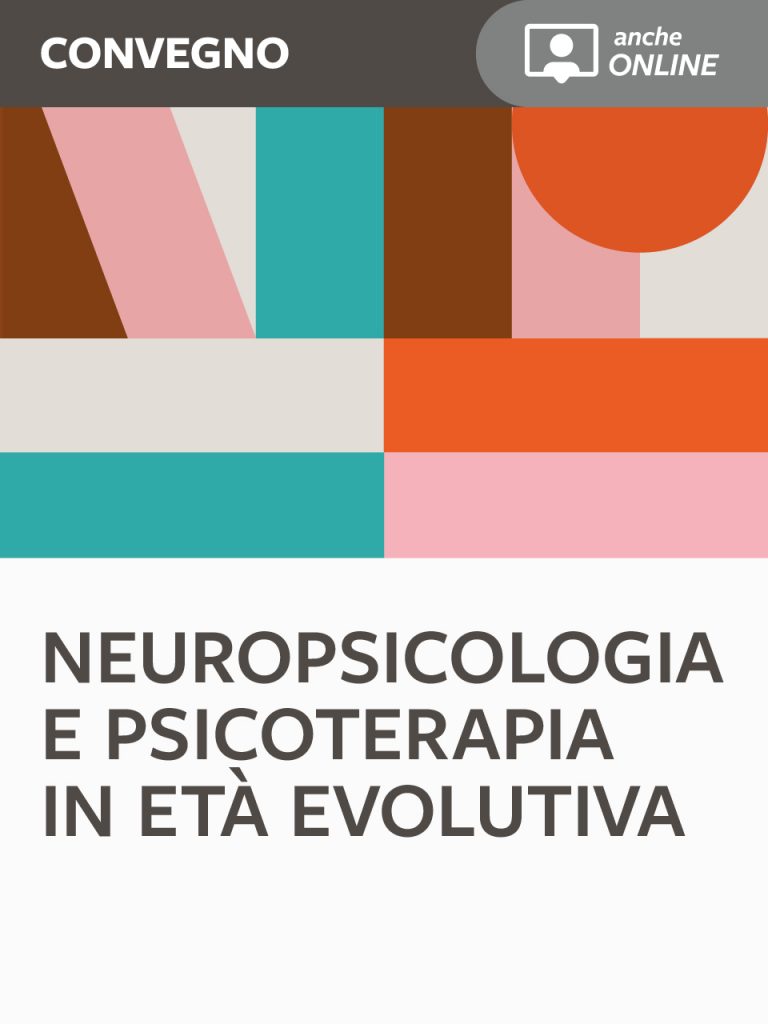Linguistic trajectories in children with cochlear implants. A longitudinal analysis of two cases with morpho-syntactic disorder
Sonia Boria, Emanuela Mastroprimiano, Erika Benassi, Maria Teresa Berghenti
Prelingually deaf children who receive a cochlear implant (CI) display a large variability in linguistic proficiency. In this study we analyse the linguistic trajectories among three deaf children with CI, comparing them with an age-matched control group. The findings show that two cases present a language deficit and one case, although receiving the CI late, presents typical language development. These data indicate that post-implant individual linguistic trajectories in deaf children cannot only be accounted for by auditory perception and/or by age of implant. The two cases with language disorder were evaluated 10 years later and the clinical assessment highlights a persistent morpho-syntactic deficit. Qualitative analyses of this disorder were made due to the fact that there are few longitudinal data available in literature. In summary, in this study of individual cases, we can hypothesise that persistent language impairment in implanted children may be the final outcome of concomitant damage to the linguistic system, combined with profound congenital deafness.
Keywords
Congenital deafness, Cochlear implants, Morpho-syntactic deficit, Comorbidity.

